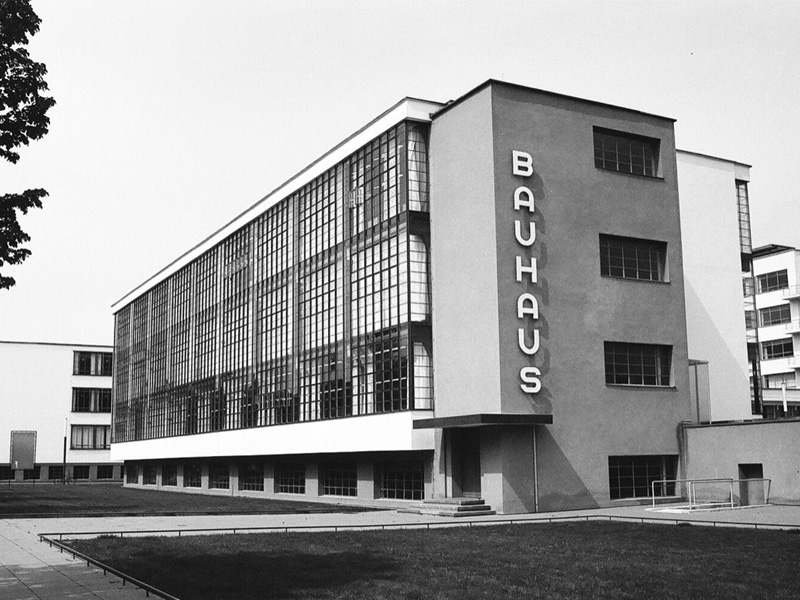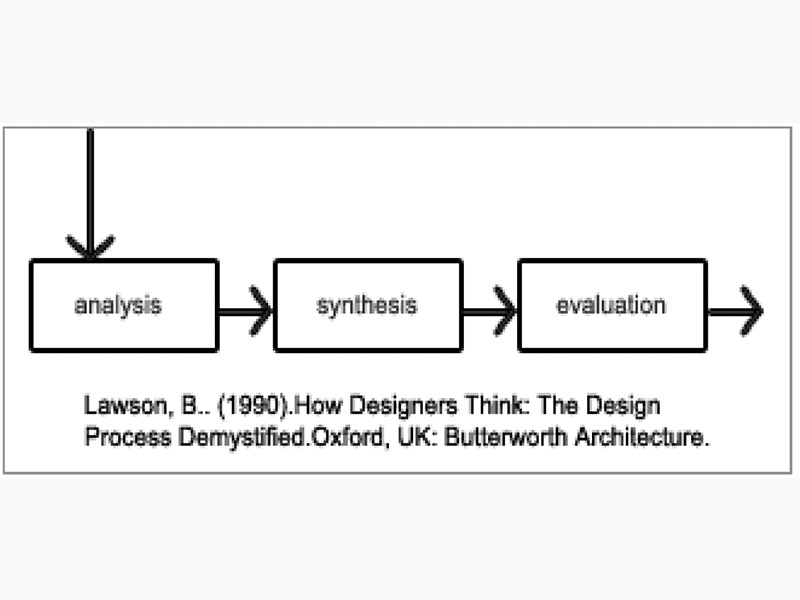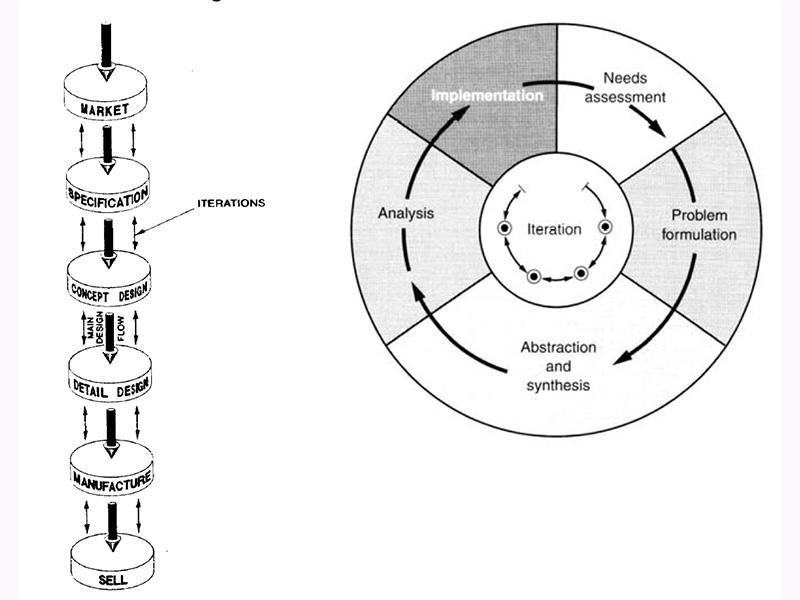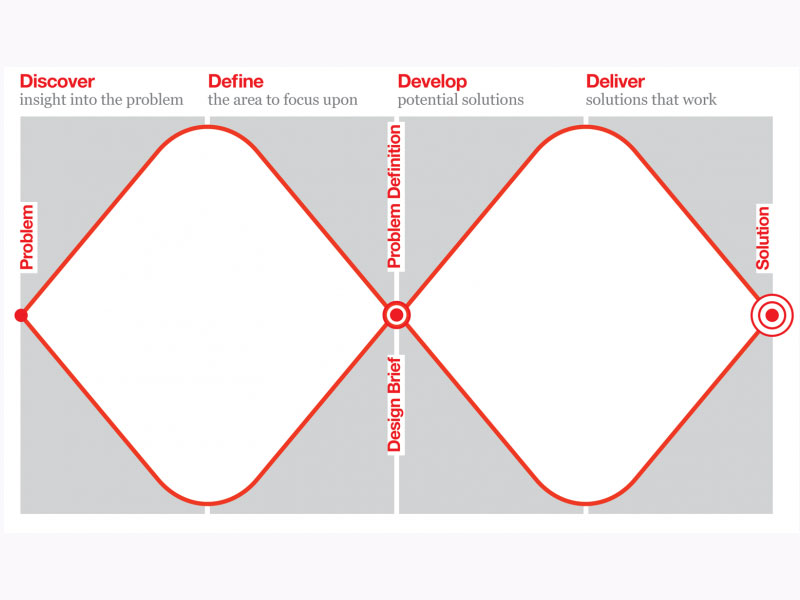
The Designer’s Way of Thinking

The Design Process
The design process can be described as a series of steps undertaken when designers are presented with a design challenge. Such process enables designers and other parties involved in the project to be at par with one another, hence bringing forth their perspectives and ideas in relation to the challenge in question. In spite of that, all parties involved will have their thoughts synchronised on the same goal. This provides a very efficient thinking environment with multiple points of view, that may be moving in parallel, but heading towards the same direction. In return this would result in an end-product or service that meets all the necessary criteria of the challenge.
Design is hard to define in a few words. It can be quite abstract and fluid, and as designers we are influenced constantly by our surroundings. In addition, design challenges vary greatly from one another. Therefore, a design process is difficult to standardise. Many, thinkers and academics have explored this concept over the years, and all have come to their own conclusions. Despite each model having its own logical explanation behind it, there are common traits, meaning that although the design process is fluid, more than one model can be applied to a design challenge. Moreover, designers can also apply various techniques from different thinking models and come up with their own as deemed fit.
Where it Began

The notion of a design process knows its roots during the Bauhaus era in the beginning of the 20th century. One of the Bauhaus’s core values was indeed ‘form follows function’, and this was seen in the quality of work they produced in the schools, industrial design in particular. Their approach was considered quite radical, as it was the first movement to document an ‘efficient way of design thinking’ on paper, where one could see multiple disciplines working in unison to achieve an end result.


Fast forward to 1963, Bruce Archer published his own design model. Archer’s model is split into 3 stages: The Analytical, Creative and Executive. In Systematic Method for Designers, Archer defined design as the combination of the intuitive and cognitive mind. Through his research, Archer attempted to turn transcend the design process from an art to a science. During this time, other practitioners were also attempting to formalise the design process, resulting in various diagrams and formulae to depict the best practice. In this time, the design process was taking a rather linear form of thinking. Thinkers and Practitioners such as Brain Lawson, Stuart Pugh and Walker all came up with their own design models. In these design models, whilst different, it is worth noting that all models have a similar pattern that was initially defined by Archer.

Brain Lawson 
Stuart Pugh 
Walker 
Cooper And Press
The Design Process Today
In the last forty years, the linear way of thinking and the formalisation of the design process was criticised and questioned as it implied that there is only one solution to a design problem. It did not give way to exploration of different ideas and possible solutions. Businesses were seeking new ways of thinking in relation to design; they wanted to make way for loops and iterations. This new approach would allow time to test various possible outcomes in attempt to find the best possible solution. As times were changing rapidly, businesses recognised the fact that a design process was not a ‘one size fits all’ process. It needed to be fluid and adaptable according to the specific project. As technologies moved forward, and mentalities were becoming more liberal and less dogmatic, the boundaries of design were being push forward and blurred.

It can be said that there is not one set best practice in design process. However, it can be concluded that all processes are made up of four, sometimes five distinct phases. In 2005, The Design Council came up with the Double Diamond Approach for design thinking. The Double Diamond approach is made up of four phases, namely: Discover, Define, Develop and Deliver. This way of design thinking prioritises the discovering phase of the process, as it gives leeway to exploration and learning in the initial phase, unlike previous models published between the 60s and the 90s.
On a different note, another useful thinking technique is the six thinking hats approach. Edward De Bono, a Maltese physician, psychologist, author, inventor and consultant, came up with the concept were a group can approach a problem from different perspectives by ‘wearing’ six different hats. These hats being:
- The White Hat – this is the one that gathers data, information and any other material that can be inspirational or informative in tackling the challenge presented.
- The Red Hat – this is the hat of emotions and intuition. The one that goes with ‘the gut feeling.
- The Black Hat – this hat is where risk is assessed. The challenge is viewed from a logical perspective. Mistakenly, sometimes this hat is perceived as the pessimist, but it should not be the case.
- The Yellow Hat – this evaluates benefits and feasibility of the solutions.
- The Green Hat – this hat is the creative and innovative one. This hat promotes possibilities and new ways of thinking. It is useful when members of the group might get stuck in their thinking process.
- The Blue Hat – this is the moderating hat. Often worn by the host of the meeting.
This way of thinking was designed to encourage participation by all parties involved in the project. Also, this method of thinking allows equal exposure of ideas in the group. No idea is dominant over the other. With that said, it results in a holistic approach to a problem, resulting in a more solid idea. Considering the everchanging world we live in, it is not easy to formalize processes, and design thinking methods is not exception. Despite this though, design process is important when tackling a design challenge not matter how extensive the project is. The process may vary, but the principles will be the same. This is beacue by following a design process, ideas will have a solid foundation, making it more substantial, which ultimately will result in a design solution that is well-made, beautiful (we are artistic people after all also) and ticks all the boxes for the client. In addition, by following a design process makes it easier for us designers to collate ideas and put them in some order; projecting the idea from thought to paper.






One Comment
Design and Develop – Part 1: The Double Diamond Process and Other Creative Thinking Processes – Lindsay Aquilina – Graphic Designer
[…] Double Diamond Design process and how useful it in in tackling a project (you can read about it here). This week, we looked again at the Double Diamond approach in relation to Service Design and how […]